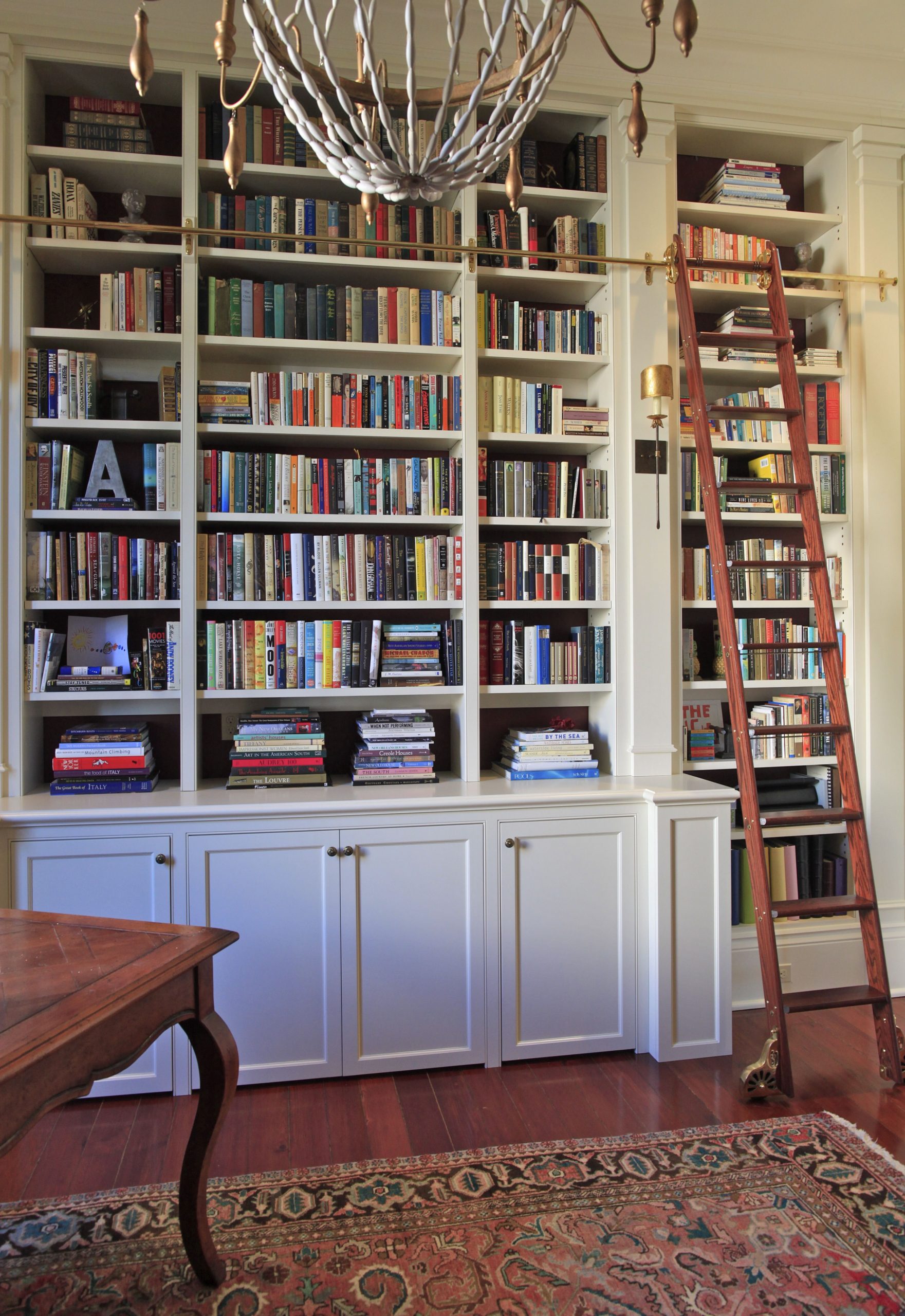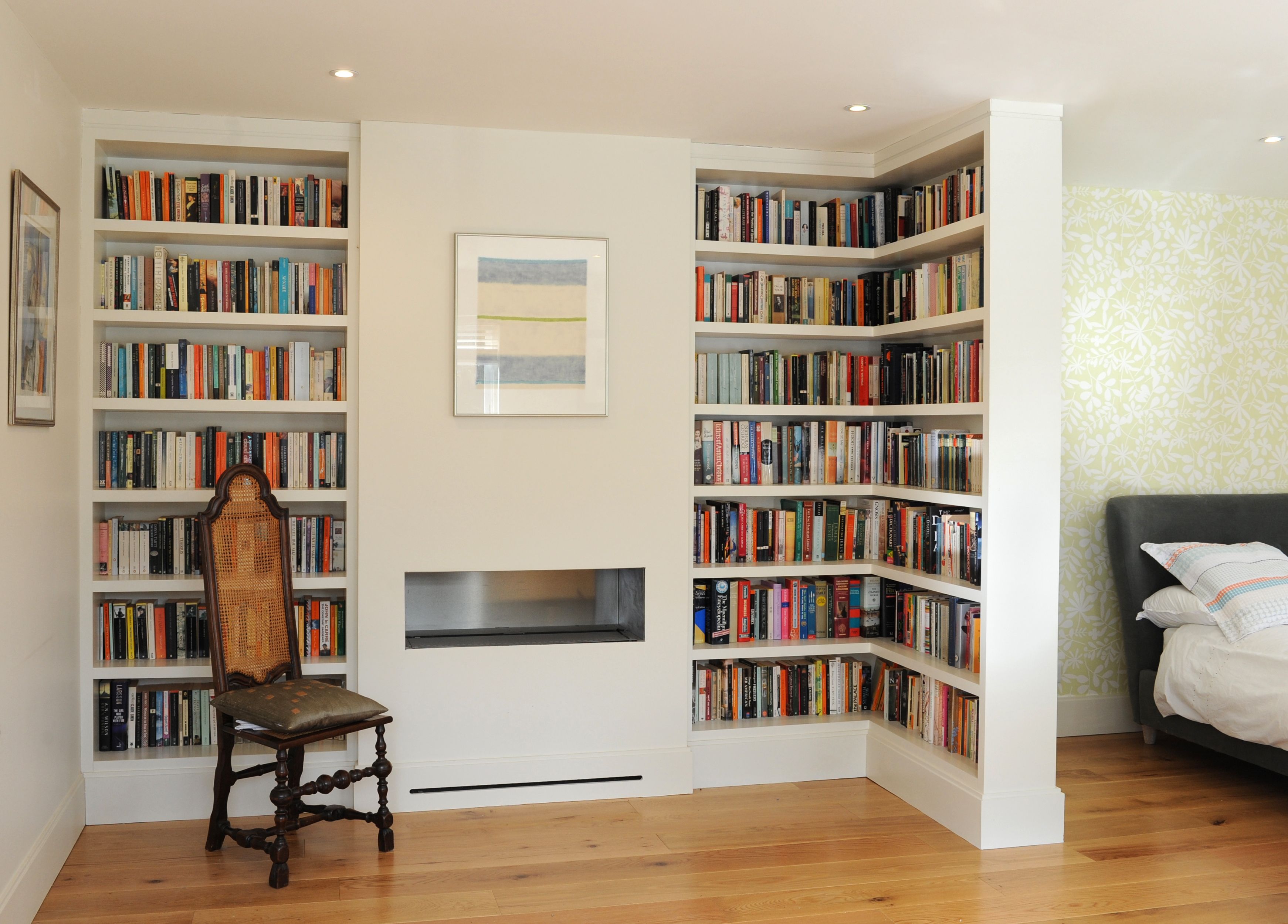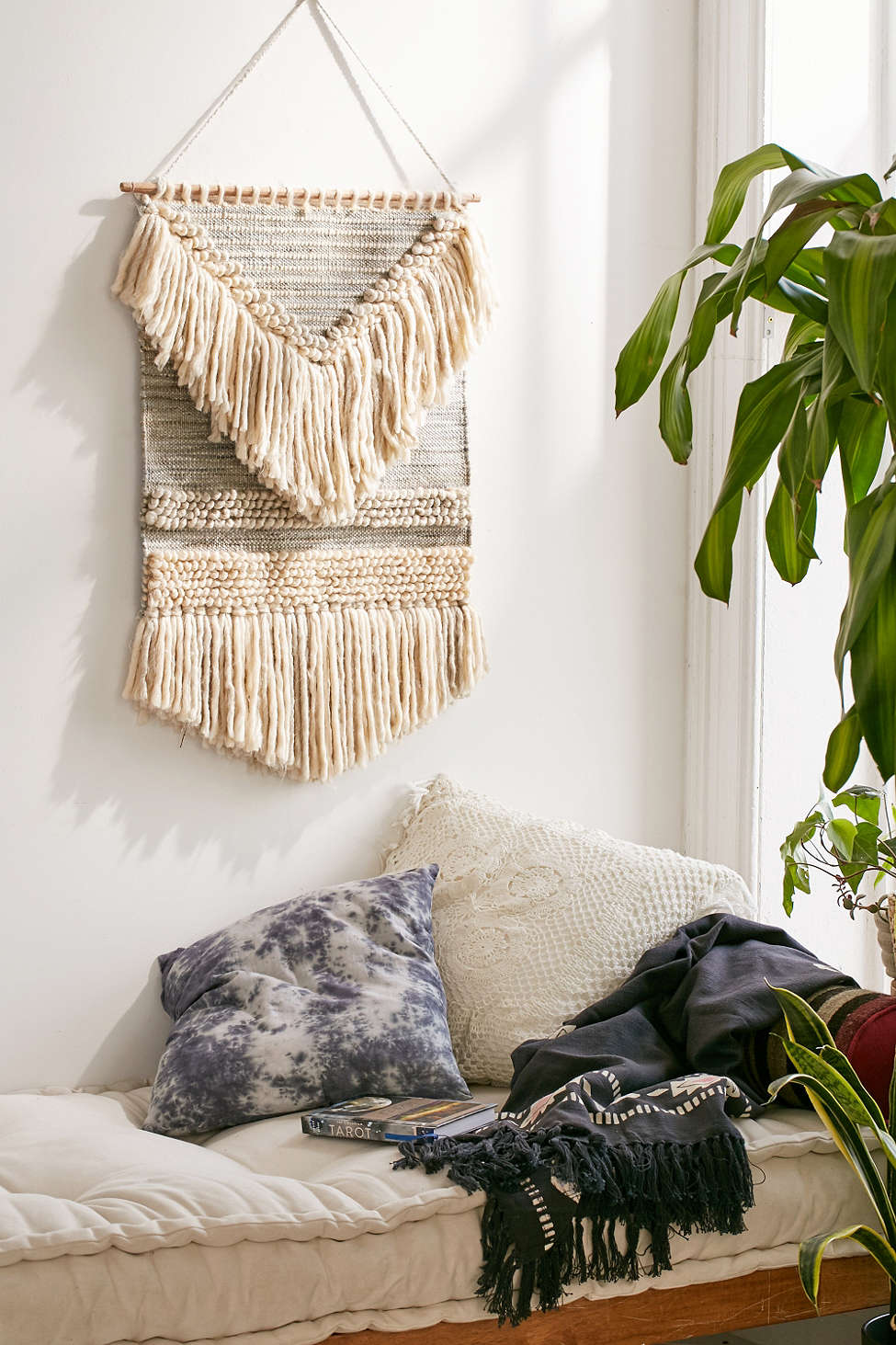Adding acoustic panels to your living room is one of the most effective ways to improve its acoustics. These panels are specifically designed to absorb sound waves, reducing echoes and reverberations within the room. They come in various shapes, sizes, and materials, making it easy to find the perfect match for your living room's decor. When installing acoustic panels, strategically place them on the walls and ceiling to create a balanced sound environment. For maximum effectiveness, choose panels made of fabric or foam, as they are known to absorb sound better than other materials.Acoustic Panels
Noisy neighbors or outside traffic can be a major distraction in your living room. Soundproofing curtains are an excellent solution to block out unwanted noise and improve the acoustics in your living room. These curtains are made with heavy, dense materials that absorb sound waves and prevent them from entering the room. When choosing soundproofing curtains, look for ones that have multiple layers and thick fabrics for maximum effectiveness. You can also opt for curtains with sound-blocking technology, which are specifically designed to reduce noise levels.Soundproofing Curtains
Hardwood or tile floors may look stylish, but they can also contribute to poor acoustics in your living room. The sound bounces off these hard surfaces, creating echoes and making it difficult to have conversations or enjoy music and movies. Adding area rugs to your living room can significantly improve its acoustics by absorbing sound waves and reducing echoes. When choosing an area rug, opt for one that is thick and made of dense materials to effectively absorb sound. You can also layer multiple rugs for added sound absorption and a stylish look.Area Rugs
Believe it or not, bookshelves can serve as more than just storage for your books. They can also help improve the acoustics in your living room. The books act as a natural sound barrier, preventing sound from bouncing off the walls and creating echoes. Plus, bookshelves add visual interest and can be a great addition to your living room's decor. When setting up bookshelves in your living room, strategically place them on the walls where sound tends to bounce the most. You can also add books that have different sizes and textures for added sound absorption.Bookshelves
Similar to bookshelves, wall hangings also serve as a natural sound barrier. They can range from paintings and tapestries to decorative plates and mirrors. These objects help break up sound waves and reduce echoes, ultimately improving the acoustics in your living room. When choosing wall hangings, opt for large and textured pieces that can effectively absorb sound. You can also mix and match different types of wall hangings for a unique and visually appealing look.Wall Hangings
Not only do plants add a touch of nature to your living room, but they can also help improve its acoustics. Plants naturally absorb sound and reduce echoes, making them a great addition to any room. Plus, they can improve the air quality and add a pop of color to your living room. When choosing plants for your living room, opt for ones with large leaves and dense foliage, as they tend to absorb sound better. You can also place them near walls or corners where sound tends to bounce the most.Plants
If you want to make a statement in your living room while also improving its acoustics, consider using sound-absorbing wallpaper. This type of wallpaper is specifically designed to absorb sound, reducing echoes and creating a more pleasant sound environment. Plus, it comes in a variety of patterns and designs to suit any style. When choosing sound-absorbing wallpaper, opt for thick and textured options for maximum sound absorption. You can also mix and match different patterns and designs to create a unique and visually appealing look.Sound-Absorbing Wallpaper
If your living room has high ceilings, consider installing acoustic ceiling tiles to improve its acoustics. These tiles are made of sound-absorbing materials and can significantly reduce echoes and reverberations. They come in various designs and styles, making it easy to find the perfect match for your living room's decor. When choosing acoustic ceiling tiles, opt for ones with thick and dense materials for maximum sound absorption. You can also add different patterns and designs to create a visually interesting ceiling.Acoustic Ceiling Tiles
Doors are often overlooked when it comes to improving the acoustics in a room, but they can make a big difference. Soundproof doors are specifically designed to reduce noise levels and prevent sound from entering or leaving a room. Installing one in your living room can significantly improve its acoustics and create a more peaceful environment. When choosing a soundproof door, opt for ones with solid cores and thick materials for maximum effectiveness. You can also add weatherstripping to prevent sound from seeping through the door's cracks.Soundproof Doors
If you have a large living room or an open floor plan, using room dividers can help improve its acoustics. These dividers act as physical barriers, preventing sound from traveling and reducing echoes. They also add a touch of privacy and can be a stylish addition to your living room's decor. When choosing room dividers, opt for ones with thick and dense materials for maximum sound absorption. You can also choose dividers with unique patterns or designs to add visual interest to your living room.Room Dividers
An Additional Body Paragraph to Improve Acoustics in Living Room

Maximizing Space for Improved Acoustics
 One of the key aspects of improving acoustics in a living room is to maximize the available space. This means ensuring that there is enough room for sound to travel and reverberate without any obstructions.
Furniture placement
plays a crucial role in this, as
cluttered and cramped spaces can disrupt sound waves and cause unwanted echoes and distortions
.
To address this, it is important to have a strategic layout for your living room. Consider placing
sound-absorbing materials
such as
rugs, curtains, and upholstered furniture
in areas where sound reflection is high, such as near hard surfaces like walls and floors. This will help to
absorb excess sound and prevent it from bouncing around the room
, resulting in better acoustics.
Additionally,
choosing the right type of furniture
can also greatly impact the acoustics of your living room. Avoid furniture with hard surfaces and opt for
soft, cushioned materials
instead. This will not only provide more comfortable seating but also help to
absorb sound waves and reduce echoes
.
Incorporating
decorative elements
such as
bookshelves, wall hangings, and plants
can also be beneficial for acoustics. These items can help to
break up sound waves and prevent them from bouncing around the room
. Just be mindful not to overdo it, as too many items can also cause clutter and disrupt sound waves.
By taking into consideration the layout, furniture, and decor of your living room, you can effectively
maximize space and improve acoustics
. This will create a more enjoyable listening experience for watching movies, listening to music, or even just having conversations in your living room. With these simple tips, you can achieve a well-balanced and acoustically pleasing living room.
One of the key aspects of improving acoustics in a living room is to maximize the available space. This means ensuring that there is enough room for sound to travel and reverberate without any obstructions.
Furniture placement
plays a crucial role in this, as
cluttered and cramped spaces can disrupt sound waves and cause unwanted echoes and distortions
.
To address this, it is important to have a strategic layout for your living room. Consider placing
sound-absorbing materials
such as
rugs, curtains, and upholstered furniture
in areas where sound reflection is high, such as near hard surfaces like walls and floors. This will help to
absorb excess sound and prevent it from bouncing around the room
, resulting in better acoustics.
Additionally,
choosing the right type of furniture
can also greatly impact the acoustics of your living room. Avoid furniture with hard surfaces and opt for
soft, cushioned materials
instead. This will not only provide more comfortable seating but also help to
absorb sound waves and reduce echoes
.
Incorporating
decorative elements
such as
bookshelves, wall hangings, and plants
can also be beneficial for acoustics. These items can help to
break up sound waves and prevent them from bouncing around the room
. Just be mindful not to overdo it, as too many items can also cause clutter and disrupt sound waves.
By taking into consideration the layout, furniture, and decor of your living room, you can effectively
maximize space and improve acoustics
. This will create a more enjoyable listening experience for watching movies, listening to music, or even just having conversations in your living room. With these simple tips, you can achieve a well-balanced and acoustically pleasing living room.



























































/coleus-flower-1052321646-0eff171112e348e2a154351ed27f9f26.jpg)



/tropicalflowers-5873bae63df78c17b6d8bee6.jpg)


























































